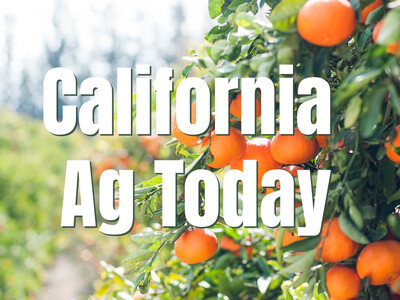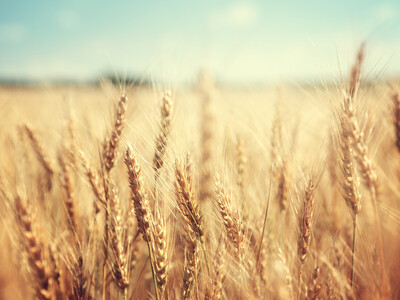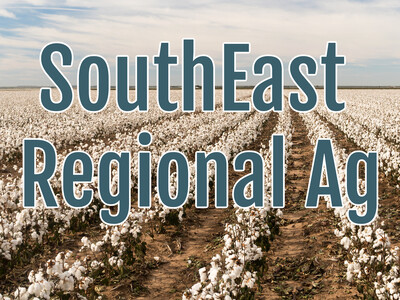Getting Ahead of Head Scab

Tim Hammerich
News Reporter
Many growers are already experiencing weather conducive to developing head scab, the most economically challenging wheat disease. Jason Snell, an agronomic service representative with Syngenta, describes the signs and symptoms of head blight.
Snell… “Pale kernels. Florits on the cereal head that begin towards the center of the head because they flower first - depends a little bit on the time of infection - but generally, the spores are in the air all the time. So, you'll see early infection in the first flowers start in the middle of the head and move to the outside, and they'll turn kind of a white chalky color, sometimes a pink salmon orange. It’s a pinkish-orange color, and that's a pretty high level of infection. And then, that can spread even if the treatment gets on there. It's a little bit too late by that point, and then that will spread generally through most of the head. Sometimes it's intermittent kernels here and there on the head. Sometimes it's the entire head. The entire head would be kind of bleached, but those are the most common symptoms you would look for in a cereal crop.”
Snell says the best thing growers can do to protect their wheat investments is to be proactive.
Snell… “It starts early, way before you'd see those symptoms we just talked about. I would say it starts with a resistant variety of the cereal you're growing if it's wheat or barley. If you're in a high-pressure situation, you can manage your rotations. Follow with a crop that is a non-host for Fusarium. Those include most broadleaf, so soybeans or dry beans, or a broadleaf-type crop, and then the most resistant variety you can find that still meets your criteria for other requirements in that field, whether that's protein or obviously yield is very important. The last step at the end would be a very high-quality, high-performing fungicide at flower timing.”
For more information, visit boostyourbushels.com.












